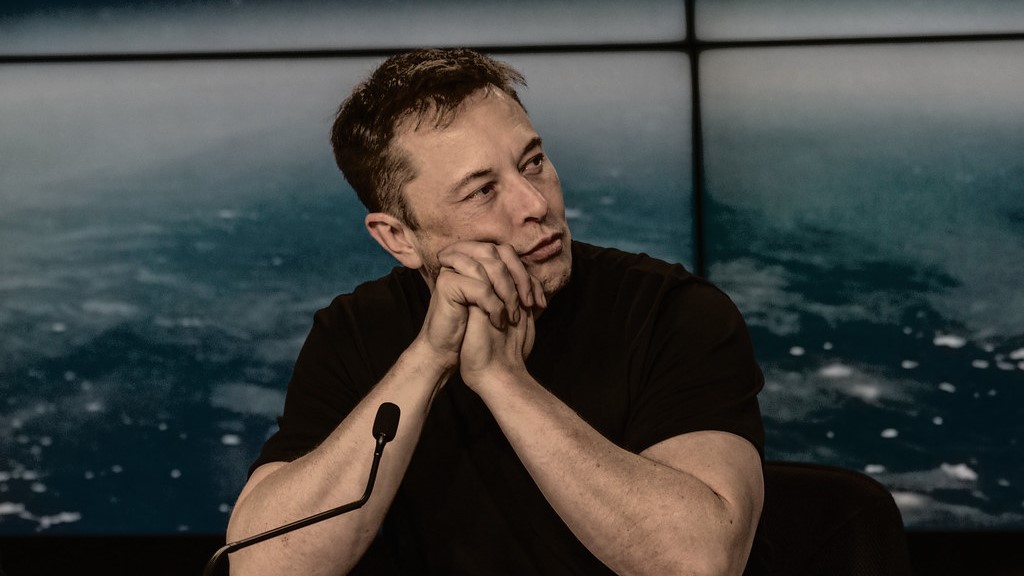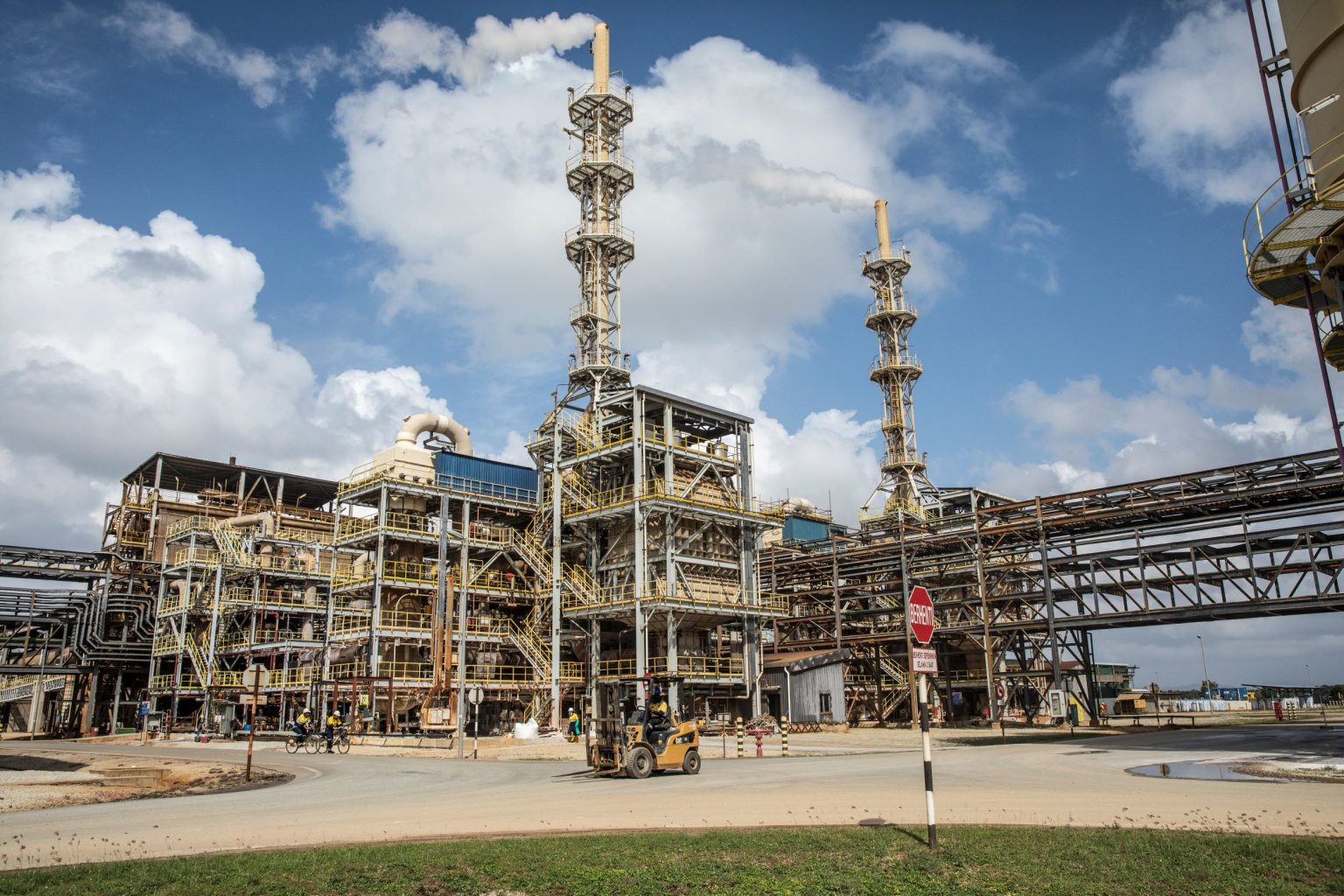Musk’s desire for more nickel could be a non-starter

(The opinions expressed here are those of the author, Andy Home, a columnist for Reuters.)
Elon Musk faces something of a reality check after his call this week for more nickel mines to feed the batteries that Tesla and other carmakers need to power their electric vehicles.
The market’s fortunes remain beholden not to the battery supply chain but to the much larger stainless steel sector, and nickel prices are hovering around levels that are more likely to force out existing operators than entice new ones.
And it is concern about the state of the stainless steel market that is dampening nickel’s prospects.
More nickel
“Tesla will give you a giant contract for a long period of time if you mine nickel efficiently and in an environmentally sensitive way,” the electric car company’s charismatic leader told a post-earnings conference call.
Musk’s enthusiasm for new supply is understandable, though telling the market that you are looking to buy huge tonnage is unusual consumer behaviour.
Traders duly took their cue and the London Metal Exchange (LME) nickel price fizzed from $13,150 a tonne to a high of $13,705 on Thursday.

Maybe Mr Musk is simply doing his bit to push up the price to a level where new projects will be incentivised, given that nickel could do with a helping hand.
Too much nickel
Nickel has been dragged higher in the broader base metals recovery, but it is one of the laggards within the LME suite. Currently trading at $13,435 as the Tesla tremor fades, it is down 5% since the start of the year.
It’s not difficult to see why.
The International Nickel Study Group (INSG) estimates the global refined market was in a supply surplus of 57,300 tonnes after the first five months of the year, representing a sharp turnaround from a deficit of 31,500 tonnes at the same point of 2019.
The median forecast in Reuters’ July analyst poll is for a surplus of 100,000 tonnes in 2020, making it the first year of oversupply since 2015.
LME nickel stocks are plentiful at 234,636 tonnes and LME time spreads continue to trade in comfortable contango, contrasting with a tightening trend in other metals, such as copper.
Indonesian resilience
Nickel supply has not been unaffected by the wave of lockdowns that followed covid-19 around the world.
Global mine production fell by 10% in the January-May period, with the Philippines – a major ore supplier to China’s nickel pig iron (NPI) producers – recording a sharp 14% slide, according to the INSG.
Refined production fell in several countries, reflecting lockdowns in Canada and in Madagascar, where Sumitomo Corp has just booked an impairment charge on its Ambatovy operations.
Ferronickel producers also lowered production in the face of steep discounts to an already low outright nickel price.
However, global refined production was still up 1% for January-May thanks to growing output of NPI in Indonesia, where the mining and processing sector appears to have been relatively untouched by the coronavirus.
Indonesian production surged by 55% year on year as construction of new processing capacity continues unabated.
The incentive comes from a government ban at the start of this year on exports of unprocessed nickel ore.
It’s noticeable that Chinese imports of Indonesian ore were only 202,000 tonnes in April and May, while imports of Indonesian “ferronickel” totalled 380,000 tonnes.
The continuing trend of Chinese NPI capacity moving offshore to Indonesia also continues, it seems.
Consumption hit
While Indonesia has held global production steady over the first part of this year, consumption everywhere else has taken a hit. The INSG estimates global usage fell by 8% year on year for the January-May period.
The point of maximum weakness has been the stainless steel sector, which still dwarfs electric vehicles in terms of nickel’s usage profile.
Stainless steel output tumbled 8% in the first quarter, the International Stainless Steel Forum (ISSF) says.
Production fell by 9% in China, the global stainless powerhouse, and by 7% in the rest of the world – the first synchronised downturn since the fourth quarter of 2018.
Stainless steel’s exposure to coronavirus-hit sectors such as hospitality (cutlery), oil and gas (pipes) and aerospace creates considerable headwinds for the nickel market.
Overproduction by Chinese stainless steel producers fighting for market share might mitigate the nickel hit, but only at the expense of a build in stocks further down the chain.
“Delayed cuts from stainless and alloys, the resulting product overhang and slow recovery of certain end-use sectors is expected to drag out a multi-year surplus,” says Citi, which is very much in the bear camp of analysts. (“Q3 Commodities Market Outlook”, July 2020)
But the current price is pretty much saying the same thing. One of the reasons cited by Sumitomo for its Ambatovy writedown was “the decline in mid to long-term nickel price outlook”.
Stainless trap
Tesla’s Musk doesn’t care about stainless steel or those forms of nickel that go into making it. Like other car companies, he needs battery-grade nickel, which is a subset of the many forms nickel can take.
And he’s probably right to be worried.
There is no shortage of new projects in the planning pipeline, but the main hindrance to development is the current muted nickel market.
Though the pressure is most acute for those most dependent on the stainless sector, such as ferronickel operators, producers of battery-grade nickel are not being spared.
Nickel’s battery story continues to attract much investment interest, to judge by the social media reaction to Musk’s comments, but it remains trapped in a stainless steel mesh for now.
Elon Musk may want more nickel mines, but it’s the stainless sector that will decide if he gets them.
(Editing by David Goodman)
{{ commodity.name }}
{{ post.title }}
{{ post.date }}


Comments